Home>Ideas and Tips>Unveiling The Mystery Of Perfect Shower Pressure
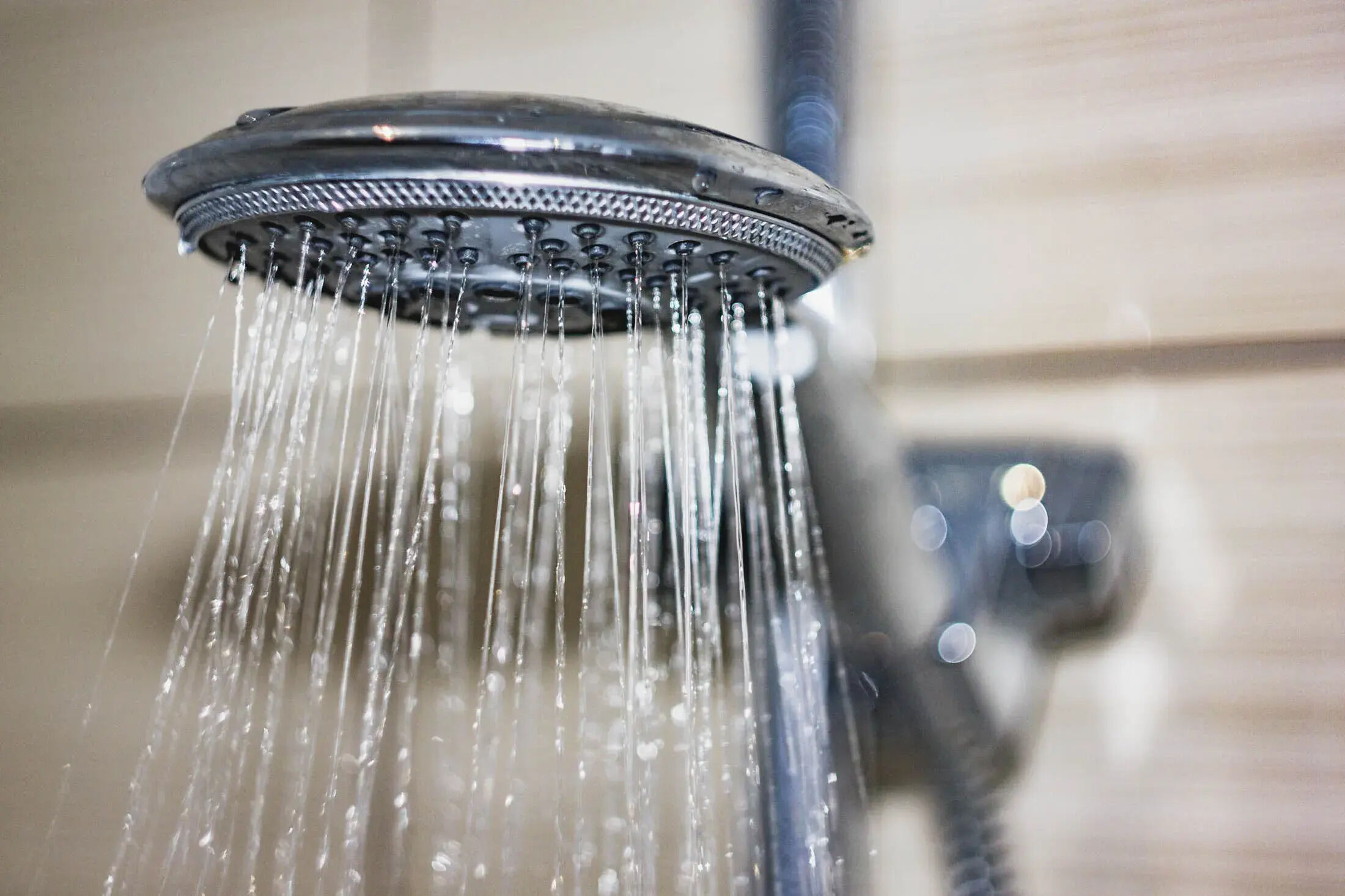

Ideas and Tips
Unveiling The Mystery Of Perfect Shower Pressure
Published: October 21, 2024
Discover the secrets to achieving perfect shower pressure. Learn causes, solutions, and expert tips to restore your shower's invigorating flow.
(Many of the links in this article redirect to a specific reviewed product. Your purchase of these products through affiliate links helps to generate commission for Storables.com, at no extra cost. Learn more)
Achieving perfect shower pressure is a quest many homeowners embark on, often driven by the desire for a refreshing and invigorating shower experience. However, low shower pressure can be a frustrating issue, leaving you wondering why your once-powerful shower has become a mere trickle. In this article, we will delve into the mysteries of shower pressure, exploring its causes, diagnosing common problems, and providing expert tips to restore your shower to its former glory.
Understanding the Basics: What is Shower Pressure?
Shower pressure is the force with which water exits your showerhead. It is influenced by several factors, including the water supply pressure, the type and size of the showerhead, and any obstructions in your plumbing system. High shower pressure provides a satisfying, invigorating shower experience, leaving you feeling refreshed and clean. Conversely, low shower pressure can make showers feel more like a light drizzle than a powerful downpour.
Exploring the Different Potential Causes of Low Shower Pressure
Low shower pressure can be caused by a variety of factors, each with its own unique set of symptoms and solutions.
1. Blocked Shower Head
One common culprit behind low shower pressure is a blocked shower head. Over time, mineral deposits such as calcium, magnesium, lime, and silica can build up in your shower head, creating a blockage that reduces water flow. This is particularly prevalent in areas with hard water. Cleaning your shower head regularly can help prevent this issue, but if the problem persists, it may be necessary to replace the shower head altogether.
2. Old or Faulty Plumbing
Deteriorated pipes and outdated plumbing systems can also limit water pressure. As pipes age, they can become corroded or damaged, restricting the flow of water. In some cases, older plumbing systems may not be designed to handle modern water supply pressures, leading to decreased shower performance.
3. Defective Pressure-Reducing Valve
Pressure-reducing valves are designed to maintain a steady water pressure throughout your home. However, if these valves fail or become defective, they can reduce the water pressure excessively. This is particularly problematic if you have a high-pressure water supply system but are experiencing low-pressure showers.
4. Main Water Valve Not Fully Open
The main water valve controls the flow of water to your entire house. If this valve is not fully open, it can limit how much water reaches your shower, resulting in low pressure.
In-Depth Analysis: Effect of Aging Plumbing Systems on Shower Pressure
Aging plumbing systems are a significant contributor to low shower pressure. As pipes and fixtures age, they can develop leaks, corrosion, or other issues that reduce water flow. For instance:
- Pipe Leaks: Leaks in pipes can reduce the overall water pressure by allowing some of the water to escape before it reaches your shower.
- Corrosion: Corrosion in pipes can narrow the pipe diameter, restricting water flow and leading to lower pressure.
- Scale Buildup: Over time, mineral deposits can build up inside pipes, reducing their diameter and thus the water flow rate.
Comprehending the Role of Clogged Showerhead in Low Water Pressure
A clogged showerhead is often an overlooked cause of low shower pressure. Mineral deposits can accumulate in the showerhead's nozzles, reducing the water flow rate. Cleaning your showerhead regularly with a mixture of vinegar and water can help dissolve these deposits and restore normal water flow.
Expert Tips: Easy Solutions to Fix Low Shower Pressure Issues
Fortunately, many issues causing low shower pressure can be addressed with simple DIY techniques or minor plumbing adjustments.
1. Cleaning Your Showerhead
Cleaning your showerhead is one of the easiest ways to restore normal water pressure. Here’s how you can do it:
- Remove the Showerhead: Take off your showerhead by unscrewing it from the shower arm.
- Soak in Vinegar: Soak the showerhead in a mixture of equal parts water and white vinegar for several hours or overnight.
- Scrub Away Deposits: Use a soft-bristled brush or toothbrush to scrub away any mineral deposits.
- Rinse Thoroughly: Rinse the showerhead thoroughly with warm water to remove any remaining vinegar solution.
- Reinstall: Reattach the showerhead and test your shower pressure.
2. Removing Flow Restrictors
Flow restrictors are small devices designed to reduce water flow through showerheads, typically installed by manufacturers since 1992 as part of water conservation efforts. Removing these restrictors can significantly improve shower pressure:
- Identify the Restrictor: Look for a small plastic or metal piece inside your showerhead that restricts water flow.
- Use Needle-Nose Pliers: Use needle-nose pliers to remove the restrictor from its housing.
- Reinstall Sealing Washer: Reinsert the sealing washer back into its original position to ensure proper sealing.
- Test Your Shower: Turn on your shower and check if the pressure has improved.
3. Inspecting and Adjusting Valves
Valves play a critical role in controlling water flow and pressure to your shower:
- Check Main Water Valve: Ensure that the main water valve is fully open to allow maximum water flow.
- Inspect Inline Valves: Check inline valves for any accidental closures or wear-out issues that might be reducing water pressure.
- Adjust Valves: If necessary, adjust these valves to ensure they are fully open.
Read more: Unveiling The Mystery Of Persistent Odors
Emphasizing the Importance of Regular Shower Maintenance for Optimal Pressure
Regular maintenance is key to achieving optimal shower performance:
- Regular Cleaning: Clean your showerhead regularly using vinegar or other cleaning solutions.
- Inspect Valves: Regularly inspect valves for any signs of wear or accidental adjustments that might affect water pressure.
- Check for Leaks: Look out for leaks in pipes or fittings which can reduce overall water pressure.
Professional Opinion: When to Seek Help From Plumbing Experts for Low Shower Pressure Problems
While many issues can be addressed with DIY techniques, there are times when it’s best to seek professional help:
- Complex Issues: If you suspect complex issues such as corroded pipes or faulty pressure-reducing valves, it’s advisable to call a professional plumber.
- Safety Concerns: If you notice any safety concerns like leaks or water damage, it’s crucial to seek immediate assistance from a qualified plumber.
- Uncertainty: If you’re unsure about diagnosing or fixing the issue yourself, consulting with a professional will ensure that your problem is resolved correctly and safely.
Testing Your Shower’s Water Pressure
Testing your shower’s water pressure can help determine if there is indeed an issue or if you’ve been a victim of your own expectations:
-
Using a Bucket and Timer Method:
- Fill a bucket with water.
- Start a timer.
- Let the water flow into the bucket for exactly 10 seconds.
- Stop the timer and measure the amount of water in the bucket.
- Convert this volume to gallons per minute (GPM) by multiplying by six (since one gallon equals four quarts).
-
Utilizing Pressure Gauge Method:
- Use a pressure gauge specifically designed for measuring water pressure.
- Attach this gauge directly to your showerhead or nearby plumbing fixture.
- Read off the pressure reading on the gauge.
Frequently Asked Questions
How Do I Increase the Water Pressure in My Shower Head?
To increase water pressure in your shower head:
- Clean Your Showerhead: Regularly clean your showerhead using vinegar or other cleaning solutions to remove mineral deposits.
- Remove Flow Restrictors: If present, remove flow restrictors from your showerhead as they can significantly reduce water flow.
- Inspect Valves: Ensure all valves are fully open and functioning correctly.
What Are Some Common Causes of Low Shower Pressure?
Common causes include:
- Blocked Showerhead: Mineral deposits can clog nozzles reducing flow rates.
- Old or Faulty Plumbing: Deteriorated pipes or outdated systems can limit water flow.
- Defective Pressure-Reducing Valve: Failure or malfunctioning of these valves can reduce pressure excessively.
- Main Water Valve Not Fully Open: Accidental closure or partial opening can limit water supply reaching your shower.
How Can I Prevent Low Shower Pressure Issues?
Prevention involves regular maintenance:
- Clean Your Showerhead Regularly: Use vinegar solutions every few months to dissolve mineral deposits.
- Inspect Valves Regularly: Check inline valves for accidental closures or wear-out issues that might affect water pressure.
- Check for Leaks: Regularly inspect pipes and fittings for any signs of leaks which could reduce overall water pressure.
Read more: Unveiling The Mystery Of Load-Bearing Walls
Conclusion
Achieving perfect shower pressure is not just about feeling refreshed; it's about understanding how various factors contribute to this experience and taking proactive steps towards maintaining optimal performance through regular maintenance and timely repairs when needed. By addressing common causes such as blocked showerheads, faulty plumbing systems, defective valves, and ensuring all valves are fully open, you can regain an enjoyable and refreshing shower experience without breaking the bank or calling in professional help unless absolutely necessary.
In conclusion, different issues ranging from blocked showerheads to faulty pressure regulators could be behind your low shower pressure conundrum but armed with this knowledge along with expert tips shared here uncovering tackling these problems shouldn’t seem too daunting anymore armed with this knowledge you can regain an enjoyable refreshing shower experience remember if task appears too challenging never shy away seeking professional help after all ultimate aim ensure comfort satisfaction watch out more enlightening articles subsequent posts until then let’s keep shower pressure optimal showers blissful
Was this page helpful?
At Storables.com, we guarantee accurate and reliable information. Our content, validated by Expert Board Contributors, is crafted following stringent Editorial Policies. We're committed to providing you with well-researched, expert-backed insights for all your informational needs.
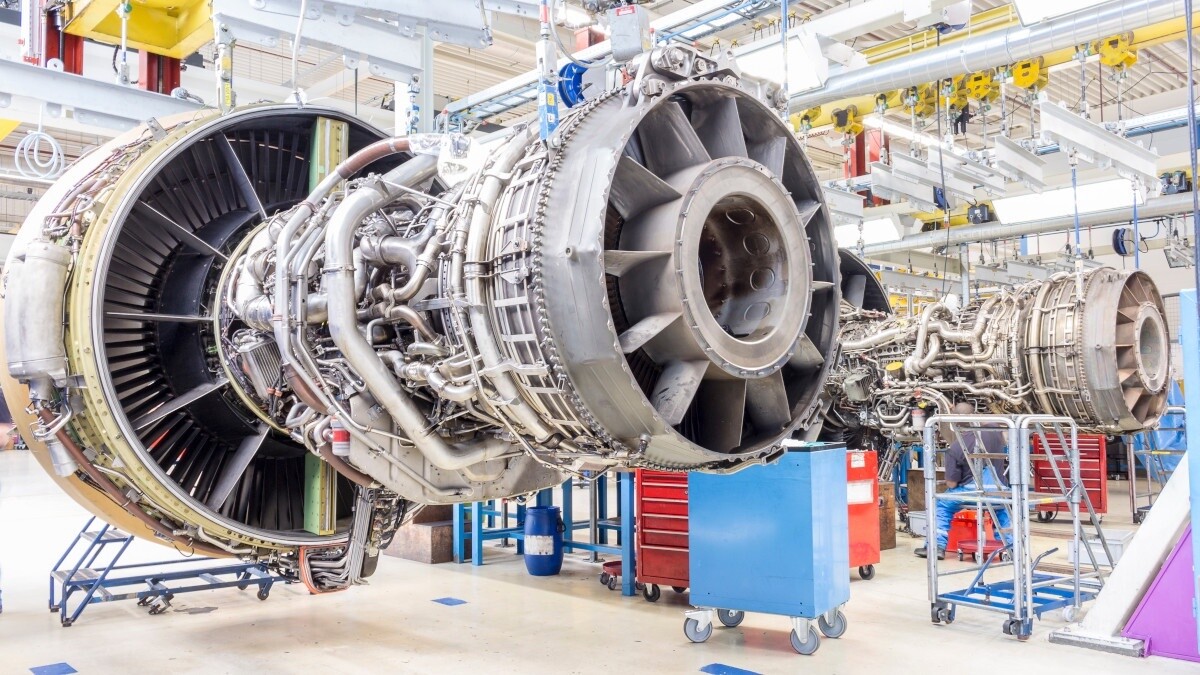
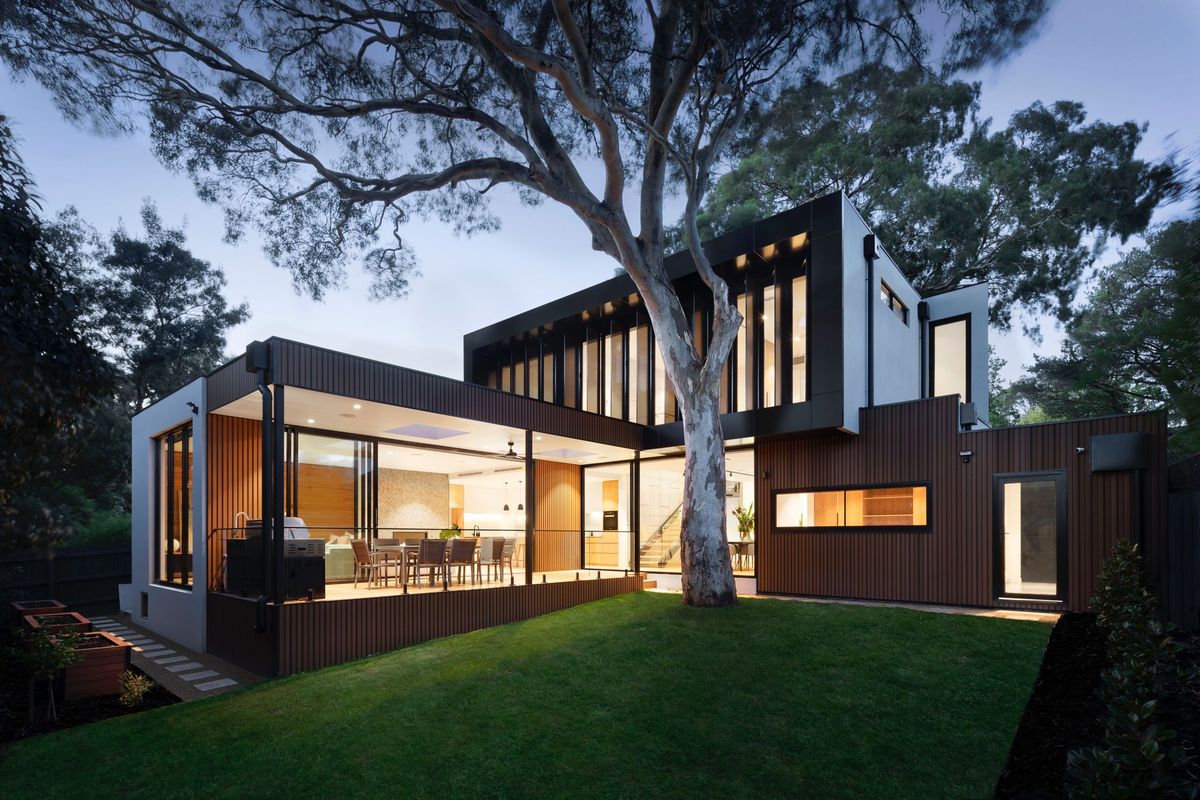


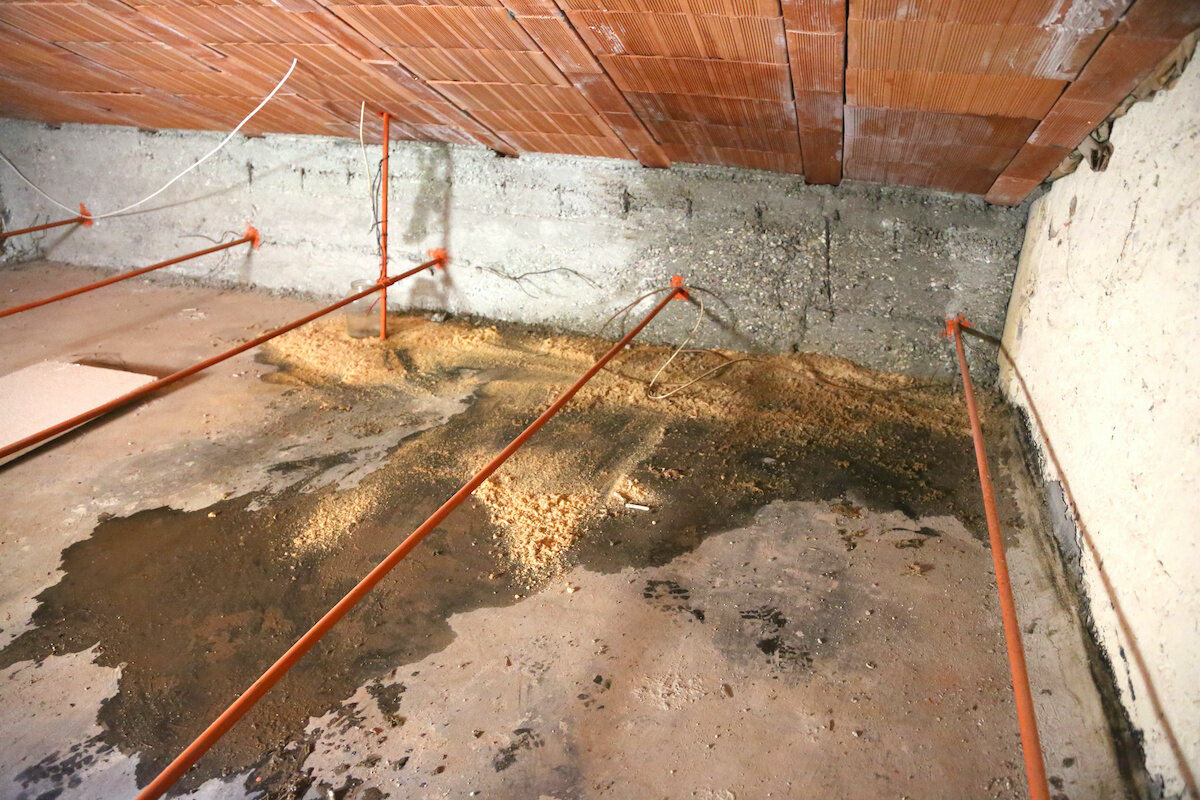

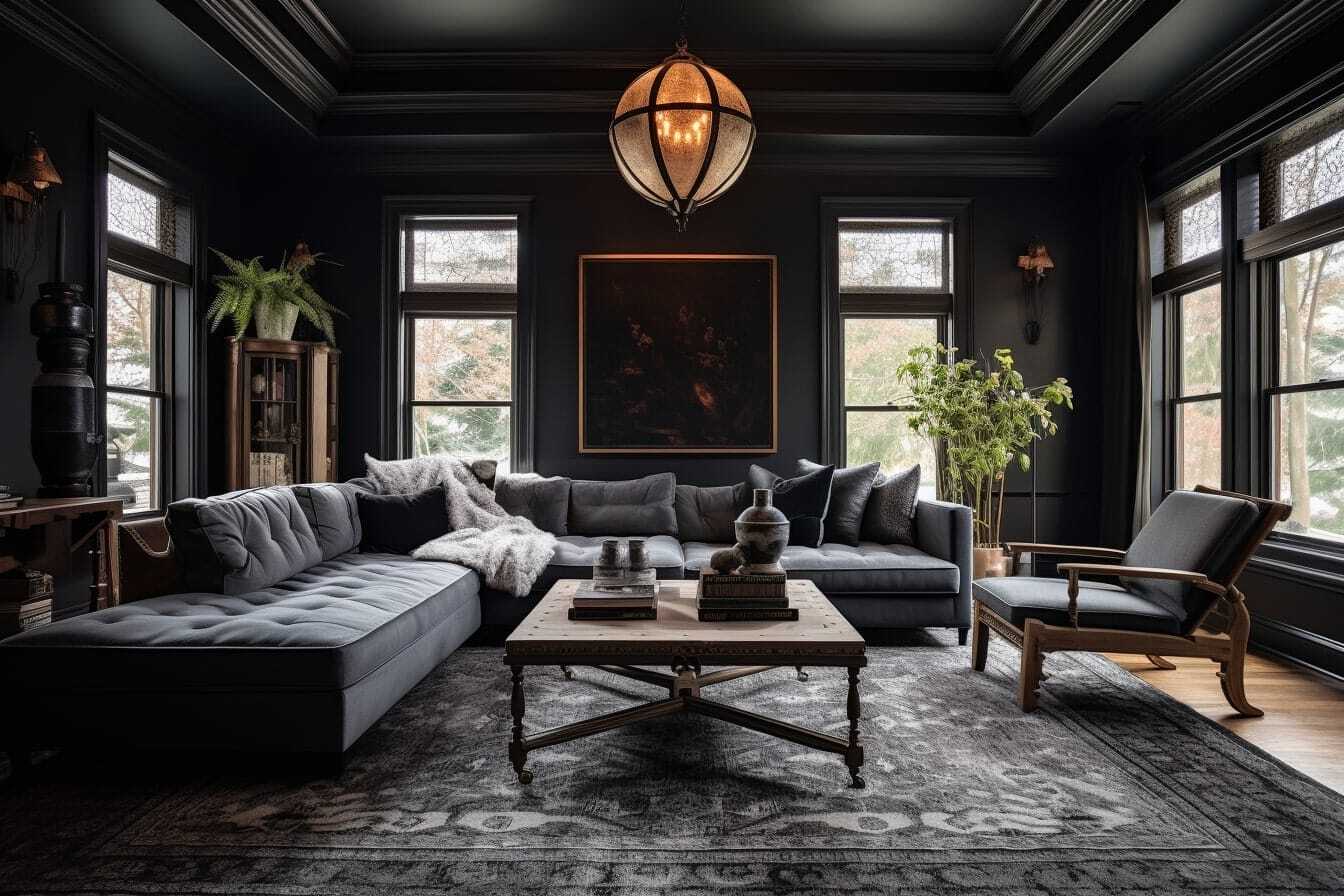
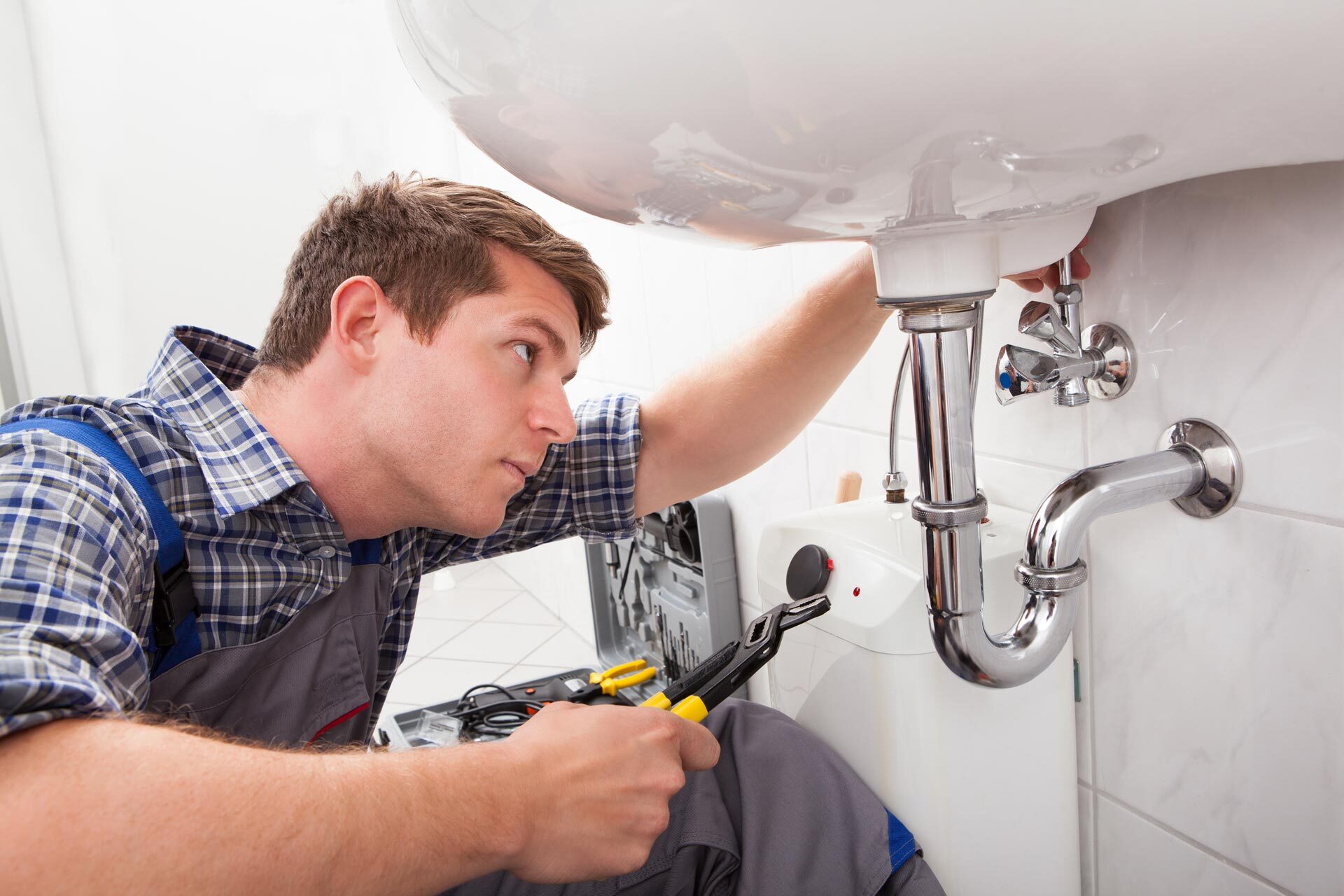
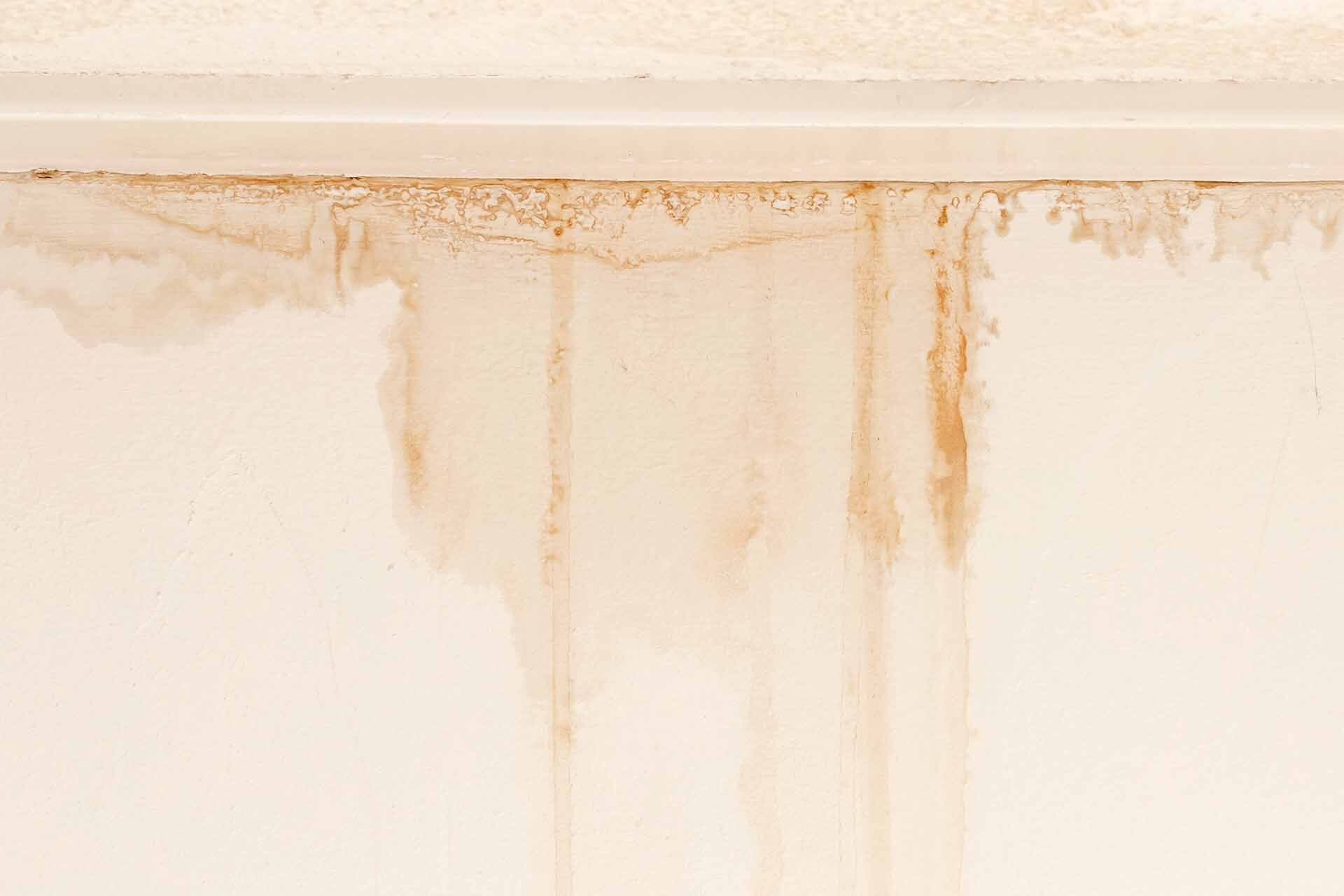
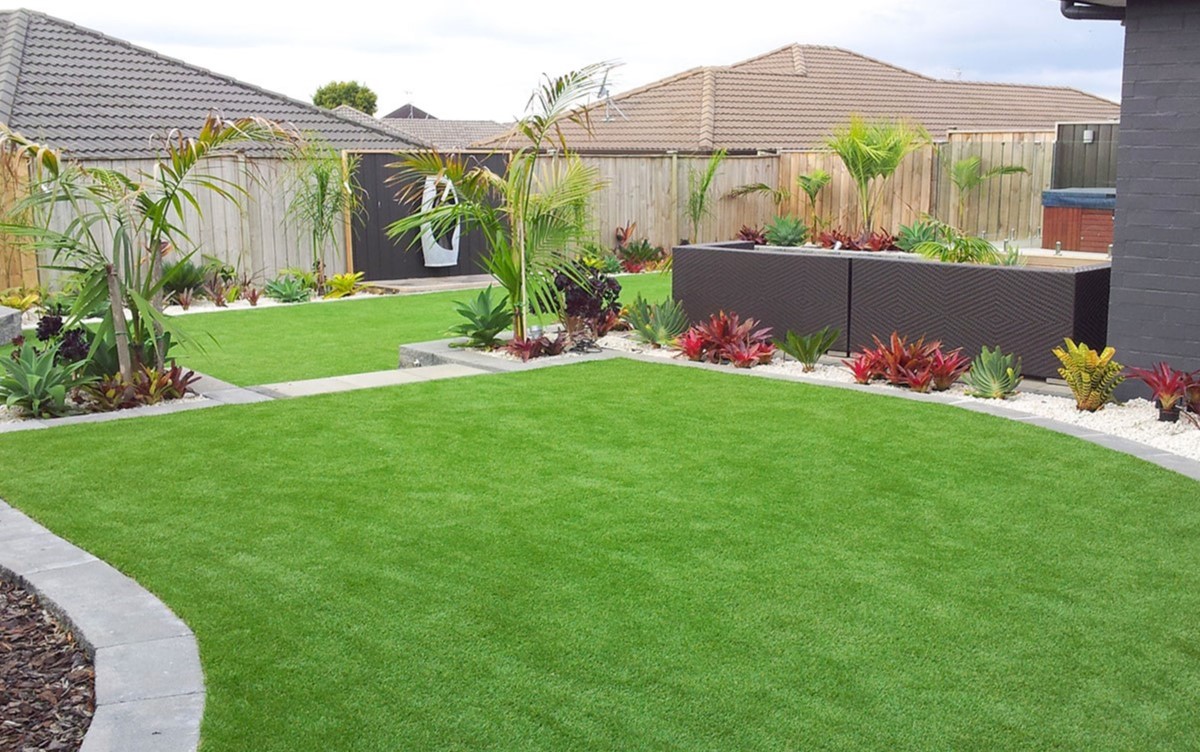
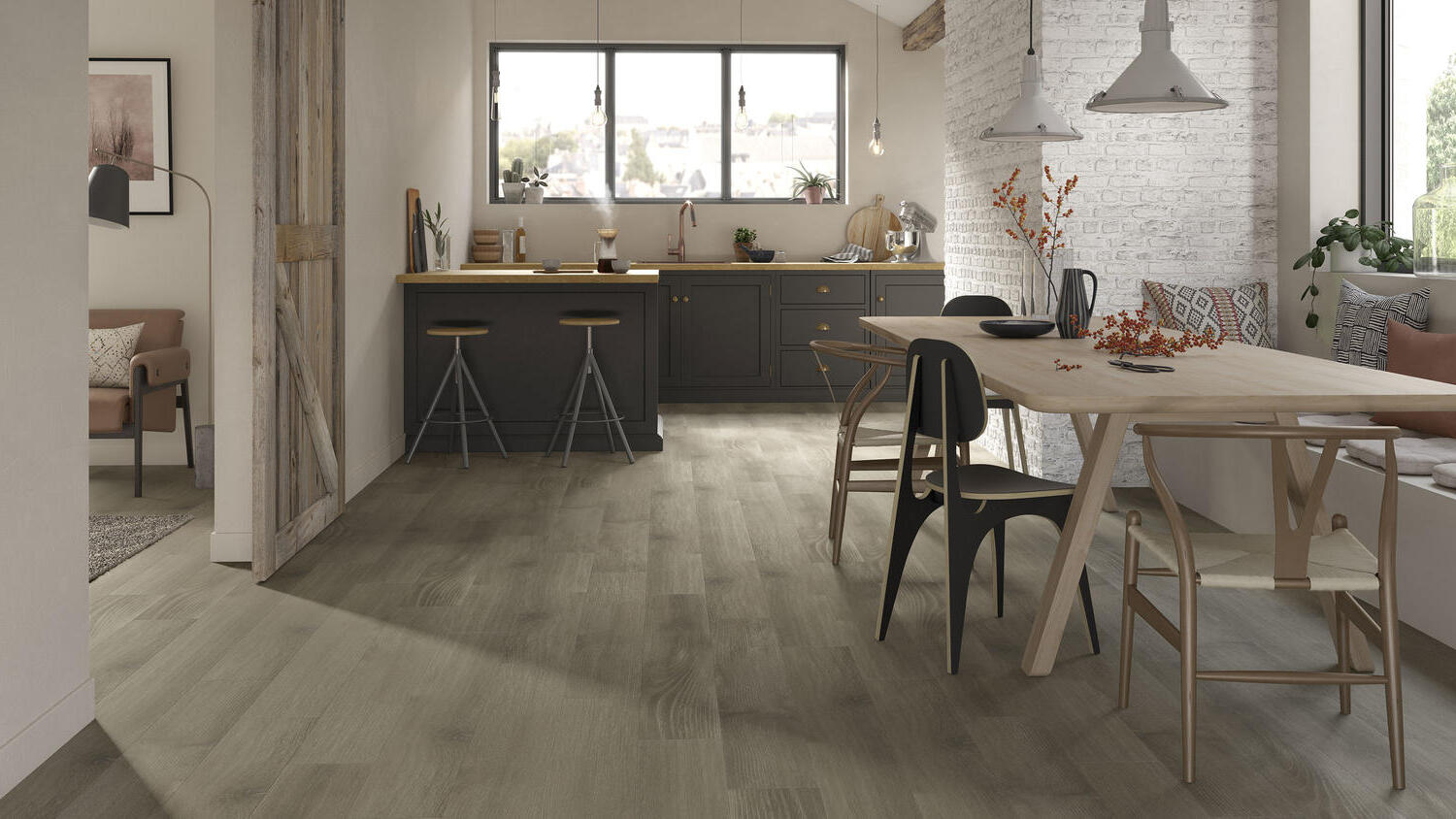
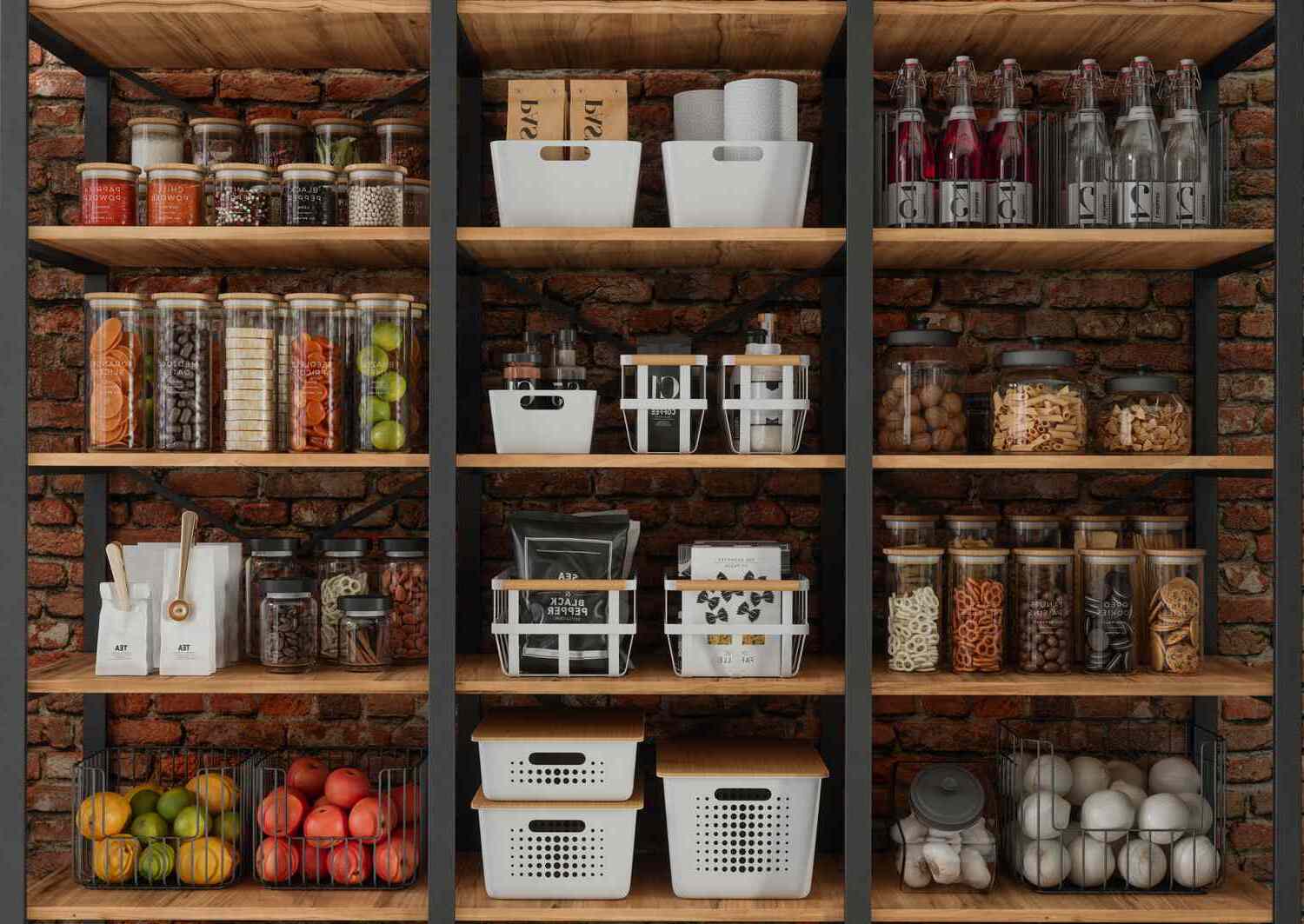
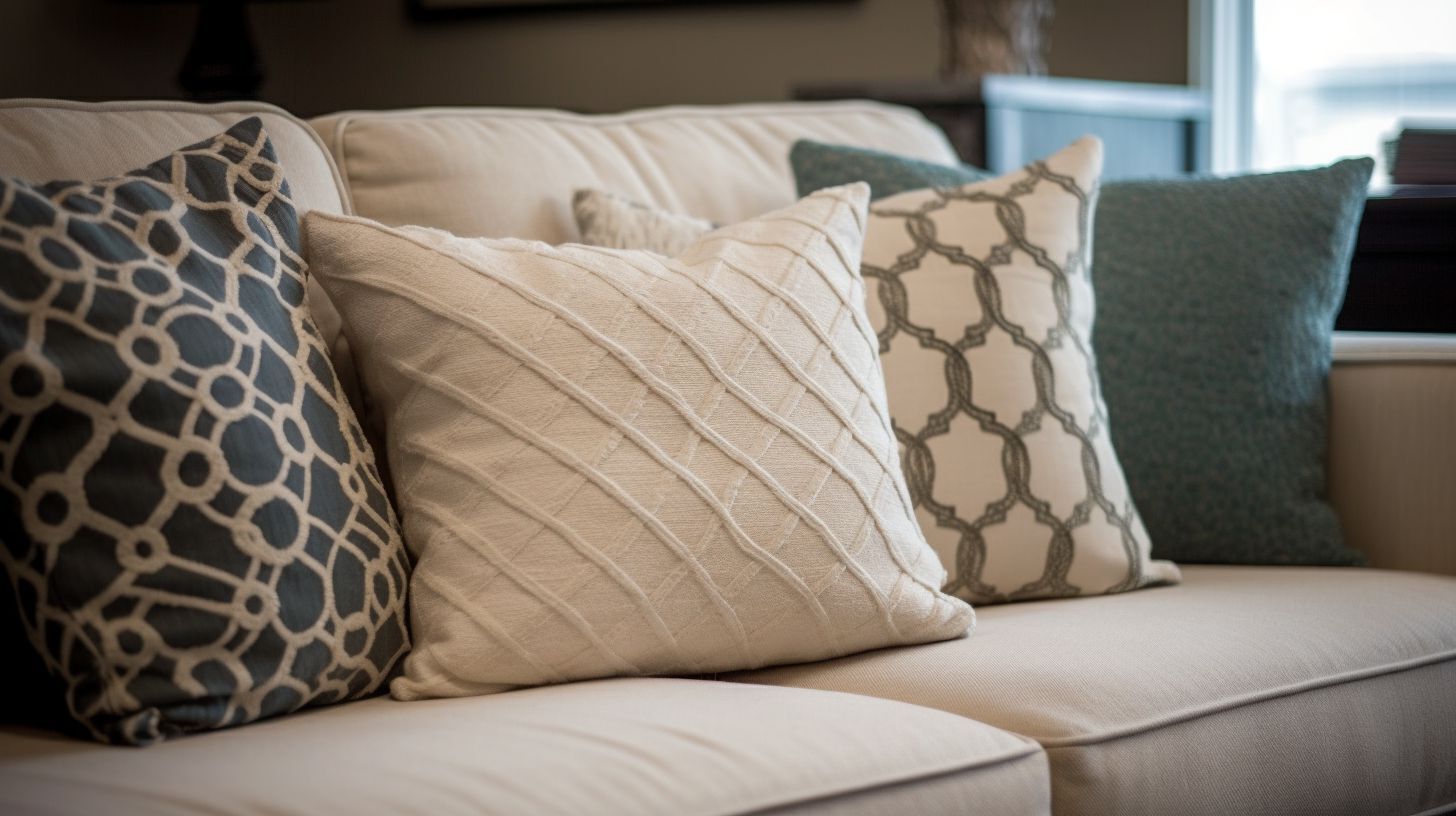

0 thoughts on “Unveiling The Mystery Of Perfect Shower Pressure”